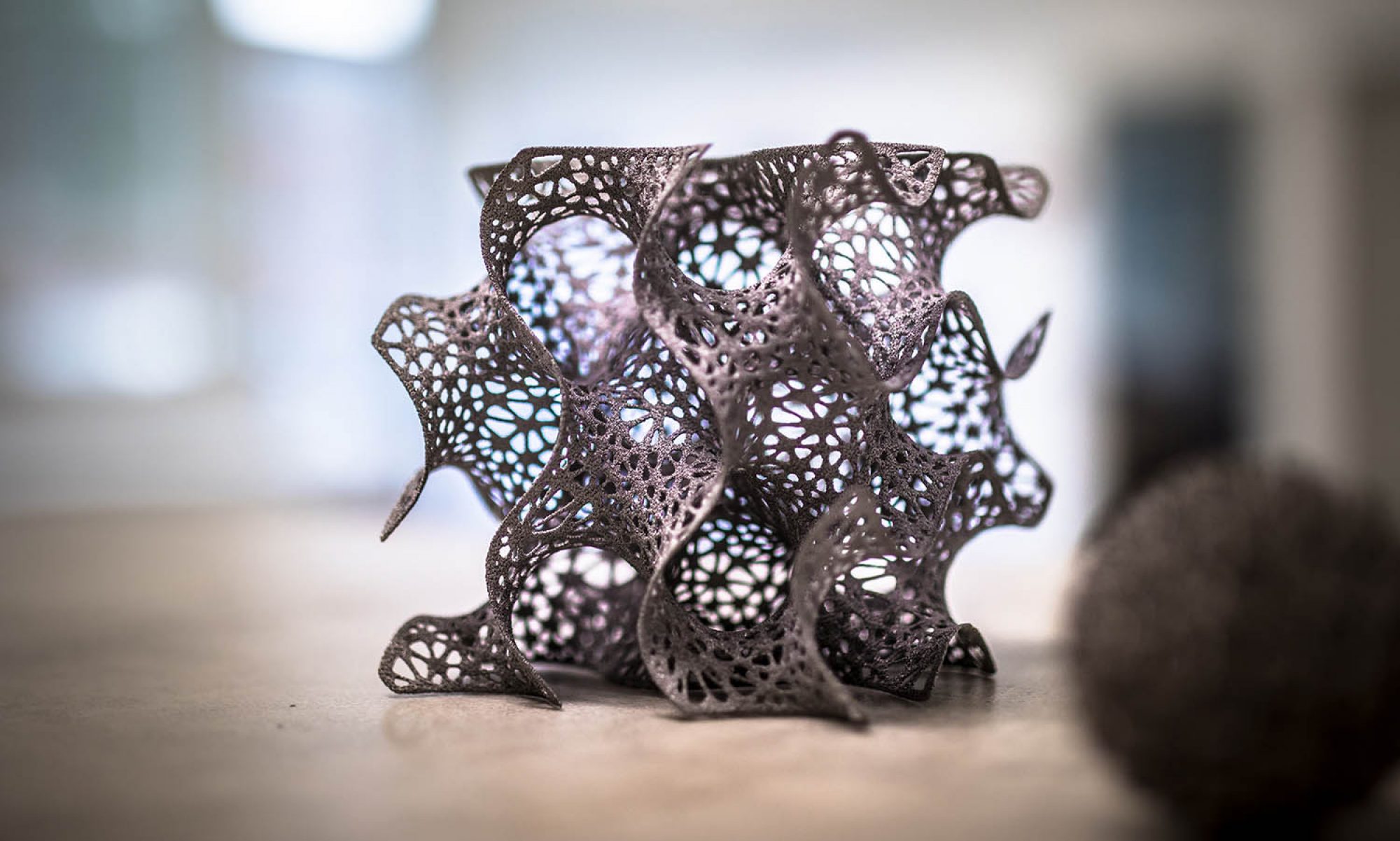I. Introduction and overview of the project
Project Description
Project Hot Metal is an educational project aiming to teach engineering students how to operate a Metal Additive Manufacturing (AM) machine.
Project Goal
With dual-platform support of PC and VR, the goal of the project is to simulate the operation of a metal AM machine and provide instructional support for engineering students. Students will not only have detailed instructions and assessments on the PC platform but also have a practical experience operating the machine in the virtual world. Project Hot Metal will also integrate the prototype with a machine-based tutor created with CTAT (the Cognitive Tutor Authoring Tools), developed by the Human-Computer Interaction Institute (HCII) at Carnegie Mellon University.
Project Deliverable
Our final deliverable includes two parts:
- The first part is a functional prototype, including both PC and VR tutorial. The PC tutorial includes 4 steps of unity interactions and their implementations on CTAT. The VR tutorial includes the whole experience operation of the machine.
- The second part is the documentation, including tech documentation, hardware installation, design documentation, and results from playtest sessions.
Clients
Sandra DeVincent Wolf – Executive Director, NextManufacturing Center
https://engineering.cmu.edu/next/index.html
Bruce McLaren – Associate Research Professor, Human-Computer Interaction Institute
https://hcii.cmu.edu/people/bruce-mclaren
Todd Baer – Additive Manufacturing Technician, NextManufacturing Center
https://engineering.cmu.edu/next/index.html
Nick Jones – Ph.D. student, Mechanical Engineering
Faculty Advisors
John Dessler – Special Faculty
https://www.etc.cmu.edu/blog/author/jdessler/
Scott Stevens – Teaching Professor
https://www.etc.cmu.edu/blog/author/ss8s/
Team Members
Tai Ching Cheung – Artist http://www.etc.cmu.edu/blog/author/taichinc/
Jiming Li – Lead Programmer http://www.etc.cmu.edu/blog/author/jimingli/
Akash Phadtare – Programmer http://www.etc.cmu.edu/blog/author/aphadtar/
Danke Luo – Programmer http://www.etc.cmu.edu/blog/author/dankel/
Chenchen Tan – Producer http://www.etc.cmu.edu/blog/author/chenchet/
Mengqi Wu – Designer http://www.etc.cmu.edu/blog/author/mengqiw1/
II. What went well
Our project delivered a solid and complete tutorial at the end of the semester. Both the team and the clients were proud of what we have achieved. The clients invited the team to present the project at Manufacturing Future Initiative Forum as one of the key projects sponsored by the Manufacturing Future Initiative. There are several key components lead the team to succeed:
- Good team communication and good team dynamics really help us work better as a team. Even though there were some misunderstandings and miscommunications throughout the whole semester, we talked it openly and got to know each other better. Furthermore, when the team bonds better, it makes the work easier to be delivered on time with good quality.
- A good relationship with clients improves the efficiency of the project development. We maintained good communication with our client throughout the semester. We kept updated our progress with our client so we could get immediate feedback from them. Efficient communication really saved us a lot of time and work in development.
Overall, our project went quite smoothly and well throughout the whole semester. We narrowed down our scope and came up with the best solution, combing both PC and VR tutorial, to fulfill the clients’ requests. We finished what we promised at the beginning with high quality and we had a good time working with each other.
III. What could have been better (or what went wrong)
There would be two things we think that we could do better:
1. Ask for one more artist. In this project, the machine in the lab is very complicated and there are many tools needed in the whole experience. At the same time, our client requires a very realistic art style. However, we only have one artist, even we have a good one, it is still not enough to get everything we need to be done in one semester. So, we need to buy assets and make them fit in our environment as possible.
2. Talk about the scope with our client earlier. If we could figure out the scope better at the very beginning of this semester, we could tell the client how big the original scope(2VR + PC) was. We could tell them how much we could deliver in one semester and let them choose what they prefer earlier. If so, we might cut down some parts of VR and spend a little more time on PC.
IV. Lessons learned and conclusion
We have learned a lot from this project. We realize that traditional training is quite different from training in virtual reality. We could not simply use the same content in VR. We need to change the content-heavy learning material into interaction-biased training, but also keep those contents in our PC version. Because our target audience is graduate engineering students, playtest sessions by these specific demographics really helps us a lot in the development of iterations.
We felt lucky that we had each other in the same team. Among six teammates, half of the team are going to graduate soon, we wish everyone all the best with a bright future.
